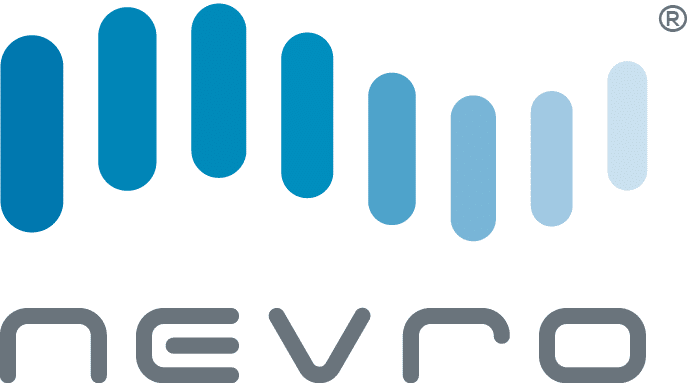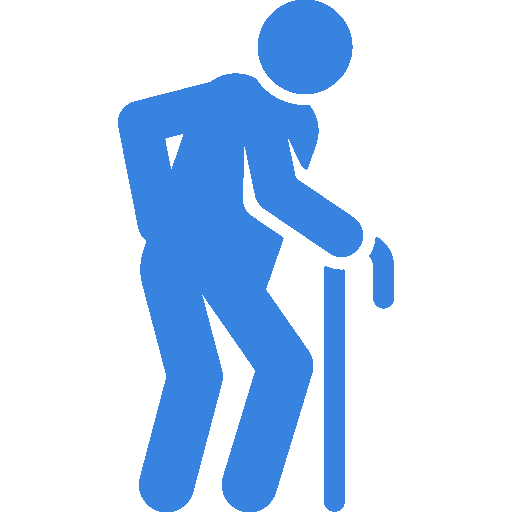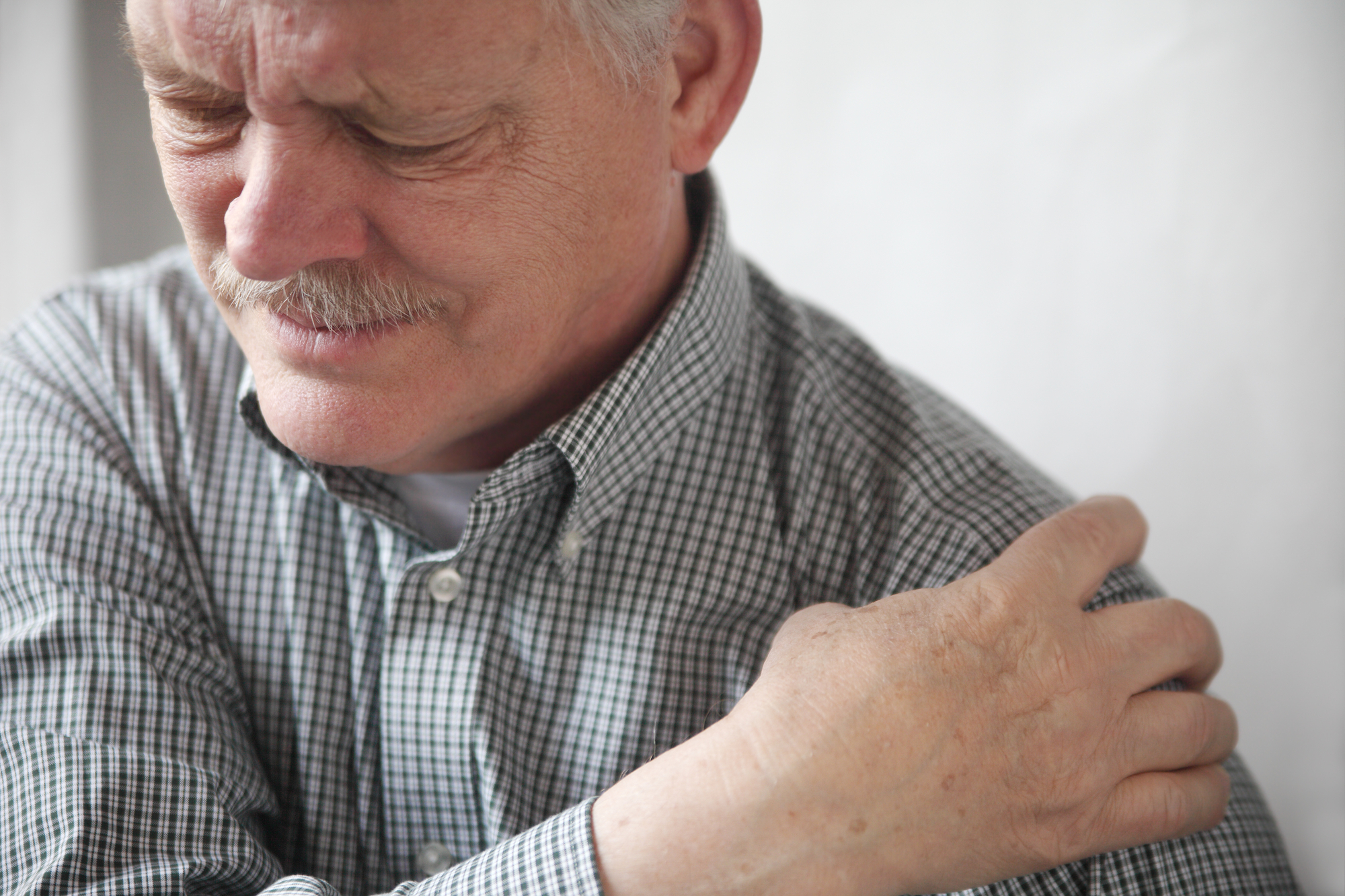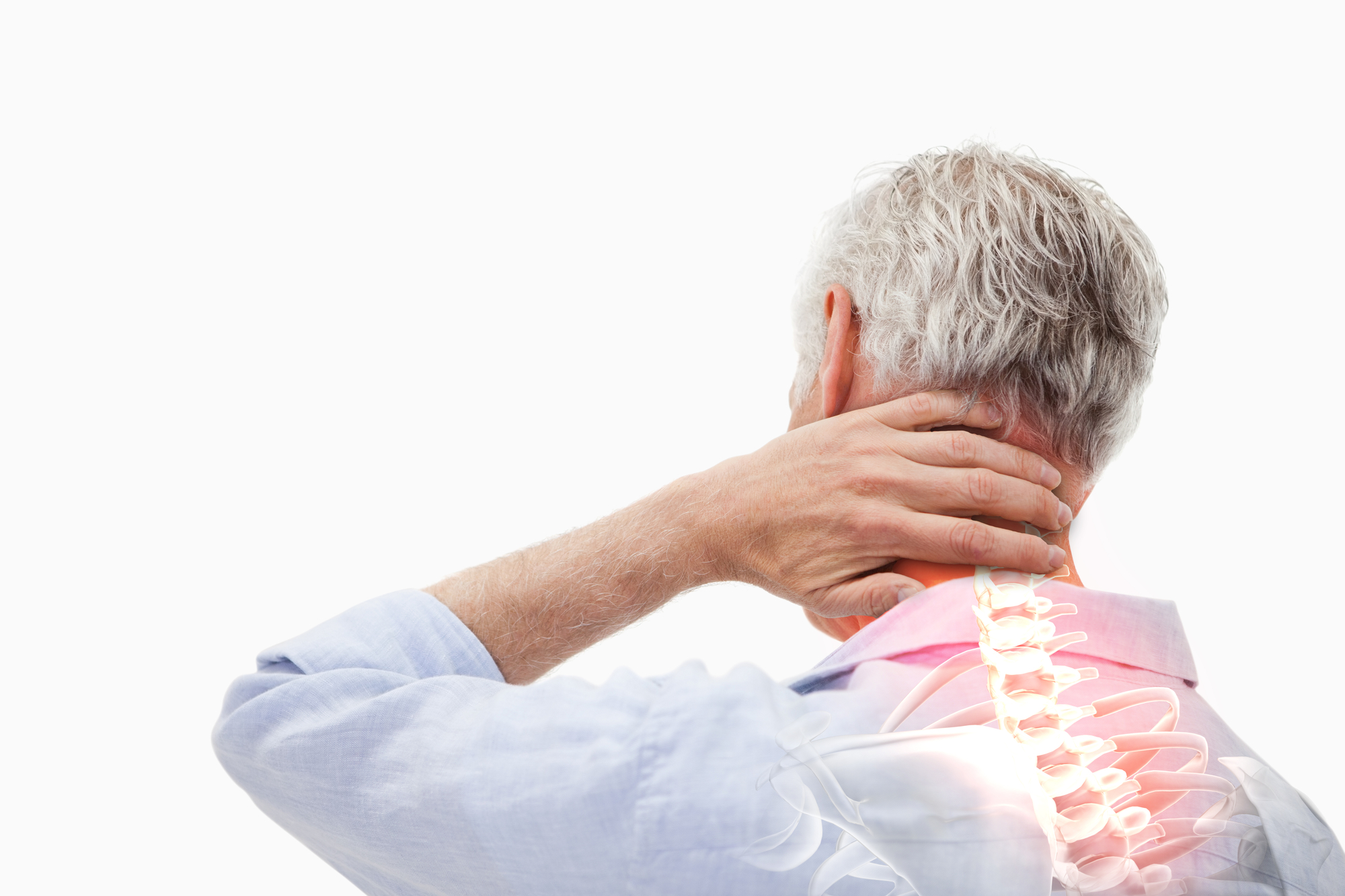Nevro

No drugs. No major surgery. Just relief.
Because we know that severe pain, either acute or chronic, can significantly interfere with an individual’s day-to-day life, but also their loved ones’, we as specialized doctors in pain management are willing to take the extra step in finding the best solution as soon as possible.
Recurring to temporal solutions, such as the consumption of painkillers and anti-inflammatory medicine, can solve the pain-related problems for a small period. However, long-lasting and permanent solutions can give patients the pain-free life they deserve.
With this in mind, a new groundbreaking therapy for the treatment of chronic pain has arrived, especially for low back and leg pain patients. This is a new product named HF10®, a propriety of Nevro, which is capable of delivering an FDA-approved spinal cord stimulator (SCS) that has proven to reduce pain levels without producing uncomfortable side effects.
HF10®
The HF10® spinal cord stimulator is a medical device is a proven safety record that provides significant and long-term pain relief for 4 out of 5 people. It does not require a major surgery and provides pain relief without oral medication. This next-generation SCS treatment offers a wide range of benefits including:
- HF10 is the only SCS that offers high and low frequency stimulation
- Requires limited to no daily remote usage
- Significant for both back and leg pain relief
- Can be left on 24/7
- No sleep restrictions
- FDA approved for driving
- Minimally-invasive procedure
The HF10® Implant Procedure
SCS is a well-established pain treatment used in the U.S. for over 30 years. It includes a small implanted device that transmits mild electrical pulses to the spinal cord. These pulses calm the nerves and reduce pain signals to the brain. HF10® is also the only SCS treatment designated as superior by the FDA for getting best results in both chronic leg and back pain. The procedure goes as follows:
- Physician locates area of interest using fluoroscopy
- A small device is implanted under the skin
- Thin, flexible wires connected to the device are placed near the spine
*Patients will likely go home the same day as procedure




Fast Facts: Chronic Pain and HF10®
Chronic Pain: A Debilitating, Under-Treated and Costly Condition That Can Lead to Opioid Overuse
- When pain lasts for six months or longer, it is considered to be chronic pain. Chronic pain is most commonly experienced in the back or legs.
- Over 100 million Americans suffer from common chronic pain. Chronic pain is the primary cause of adult disability in the U.S.1
- Severe pain can significantly interfere with a person’s quality of life and functionality, yet the condition is largely under-treated and misunderstood.
- There are many causes of chronic pain, including accidents, injuries, degenerative diseases, prior surgeries or even the aging process.
- Chronic pain is a costly public health issue. Combined loss of productivity and healthcare costs exceeds $600 billion annually in the U.S.1
- In 2014, U.S. retail pharmacies dispensed 245 million prescriptions for opioid pain relievers2. Of these prescriptions, 65% were for short-term therapy (<3 weeks)3, but three to four percent of the adult population (9.6 million to 11.5 million persons) were prescribed longer-term opioid therapy.4
Current Treatments Leave Room for Improvement
- Treatment options include over-the-counter medications, prescription medications, injections or invasive spinal surgery, however for many patients these options are inadequate for long term relief.
- Opioids, a commonly used tool in the management of chronic pain, also present addiction potential, long-term dependence and show little evidence of improved function.
- Opioids overdoses are the number one cause of preventable death in the United States.5 Opioid addiction rates have increased by 3000% from 2007 to 2014.6
- In July 2016, Congress passed legislation aimed at curbing opioid abuse and addiction.
A Significant Improvement for Chronic Pain: HF10® High-Frequency Spinal Cord Stimulation
- The category of spinal cord stimulation has been around for 35 years, however HF10 represents a major advance in patient outcomes.
- HF10 is a small implantable medical device that sends mild electrical pulses to the spinal cord to alter pain signals traveling to the brain, thus reducing pain.
- HF10 does not require drugs or major surgery, rather just a minimally invasive procedure.
- HF10 is a safe and established therapy that been used to treat over 40,000 patients globally (as of 2/2019).
- You can try HF10 in a temporary trial to see if it is right for you.
- HF10 is major advance from traditional spinal cord stimulation devices because it works for more patients, and it provides better relief for both back and leg pain.
- The reason HF10 is so effective is that it uses very mild imperceptible pulses at a high frequency to quiet the pain-causing nerves. This is very different from the older stimulators that work by creating tingling in the patient’s pain area to distract the patient from their pain. With HF10 there is no tingling.
- HF10 is FDA-approved for use while driving, which is another big advance vs. other stimulators.
- HF10 is covered by Medicare and nearly all private insurers.
Clinical Data Demonstrates Superiority and Reduced Opioid Use
- The Senza® system delivering HF10 was FDA approved in May 2015, which came with superiority labeling from the FDA over traditional SCS therapy, as well as the paresthesia-free indication.7 The approval was supported by clinically superior outcomes in the SENZA-RCT, the largest pivotal SCS randomized controlled trial (RCT) ever conducted.
- HF10 demonstrated superiority to traditional SCS therapy at all primary and secondary endpoints, resulting in better relief for back pain, better relief for leg pain and a more significant improvement in functionality. 12 month results were published in Anesthesiology and 24 month results were published in Neurosurgery, both of which demonstrated superiority to traditional SCS8.
- The SENZA-EU study showed remarkable reductions in both back pain scores and opioid intake. The number of patients not on opioids tripled from 14 to 42 percent at two years, and the average dose per patient was reduced by nearly 70 percent9 (84 mg to 27 mg).
- In the SENZA-NSRBP pilot study, results have demonstrated that patients with non-surgical refractory back pain who received HF10 experienced significant pain reduction at 36 months of follow-up. Additionally, 90% of patients were taking opioids at baseline, which reduced to only 12% of patients at 36 months10.
# # #
- Relieving Pain in America: A Blueprint for Transforming Prevention, Care, Education, and Research. of Medicine of the National Academies, 2011.
- Levy B, Paulozzi L, Mack KA, Jones CM. Trends in opioid analgesic-prescribing rates by specialty, U.S., 2007-2012. Am J Prev Med 2015;49:409-13.
- Volkow ND, McLellan TA, Cotto JH, Karithanom M, Weiss SR. Characteristics of opioid prescriptions in 2009. JAMA 2011;305:1299-301.
- Boudreau D, Von Korff M, Rutter CM, et al. Trends in long-term opioid therapy for chronic non-cancer pain. Pharmacoepidemiol Drug Saf 2009;18:1166-75
- Rose A Rudd et al., “Increases in Drug and Opioid Overdose Deaths—United States, 2000–2014,” MMWR. Morbidity and mortality weekly report 64, no. 50-51 (2016)
- The Opioid Crisis among the Privately Insured – FAIR Health White Paper 2016
- Senza Summary of Safety and Effectiveness Data (SSED). Published May 8, 2015.
- Kapural L, et al. Comparison of 10-kHz High-Frequency and Traditional Low-Frequency Spinal Cord Stimulation for the Treatment of Chronic Back and Leg Pain: 24-month Results from a Multicenter, Randomized, Controlled Pivotal Trial. Neurosurgery. Published 09 2016.
- Al-Kaisy A, Van Buyten J-P, Smet I, Palmisani S, Pang D, Smith T. Sustained effectiveness of 10 kHz high-frequency spinal cord stimulation for patients with chronic, low back pain: 24-month results of a prospective multicenter study. Pain Med. 2014;15:347-354.
- Al-Kasiy A, et. al., Long-Term Improvements in Chronic Axial Low Back Pain Patients Without Previous Spinal Surgery: A Cohort Analysis of 10-kHz High-Frequency Spinal Cord Stimulation over 36 Months. Pain Medicine. Published 10 2017.




